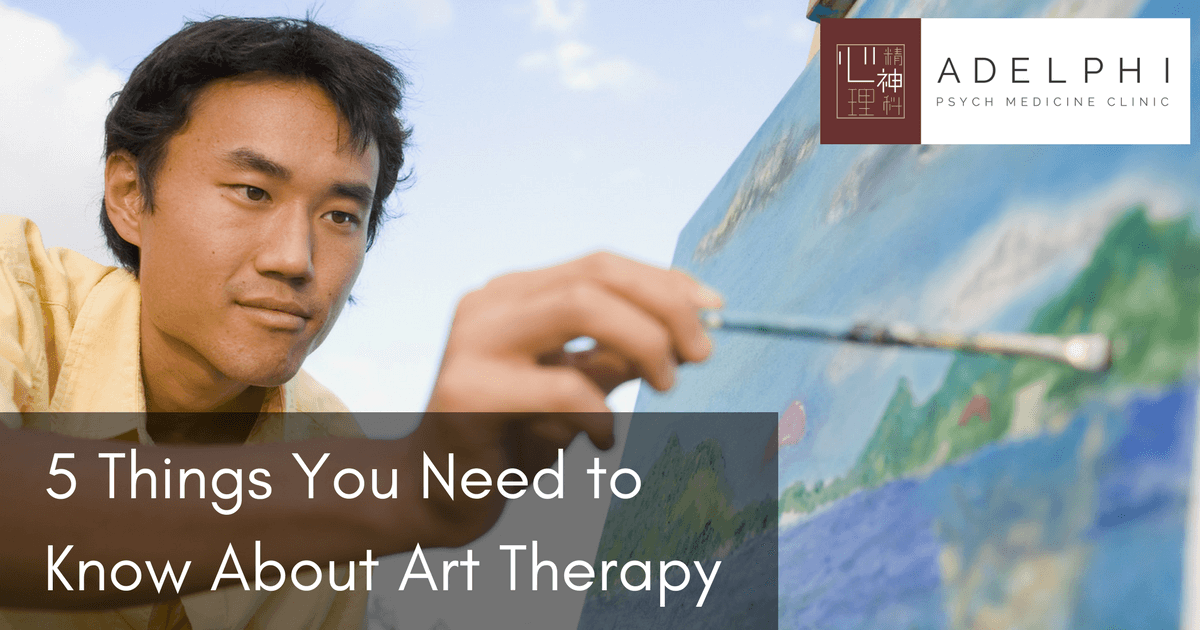Art therapy is becoming increasingly popular, thanks to studies revealing its effectiveness as a treatment method for depression, trauma, dementia, and many other conditions. There are art therapy associations throughout the world, from Britain and New Zealand to the United States and Singapore. Discover five important facts that you should know about art therapy and its benefits for mental health in Singapore and around the world.
#1. It’s a Type of Creative, Expressive Therapy.
According to the British Association of Art, art therapy is “a form of psychotherapy that uses art media as its primary mode of communication.” Another source describes it as “a form of expressive therapy that uses the creative process of making art to improve a person’s physical, mental, and emotional well-being.”
#2. Many People Can Derive Benefit from Art Therapy.
Studies show that elderly patients with dementia and Alzheimer’s experience some relief from symptoms, improved communication, and a calmer spirit after participating in art therapy. This type of therapy can also help soldiers with post-traumatic stress disorder to connect sensory memories with mental memories, opening pathways between feelings and thoughts, helping to resolve deep-seated stress reactions. Children who have been abused, adults with psychosis-related problems, and other people suffering from depression, anxiety, or trauma can benefit from art therapy.
#3. Art Therapy Isn’t Just for Creative Types.
In art therapy sessions, it’s all about the sensory experience, the process of linking thought and emotion with movement. It’s okay if you aren’t an artist, or even a creative type. The simplest line drawing, clay formation, or mixed media creation is important, because it represents who you are and what you are feeling.
Sometimes, an art therapist or coordinator sets out a variety of art supplies, and participants can select the implements and media that appeal to them. At other times, a therapist might suggest that everyone make a sculpture from clay, or that everyone create a work of art based on a particular theme or quotation. It isn’t a competition, and there are no winners— each piece of art has value.
#4. Art Therapy Has Far-Reaching Effects.
Some people may start art therapy and discover a latent talent for a particular media, such as clay, textiles, chalk, or paint. Others may simply enjoy the sensory experience and find healing and relief in the process. Some patients find themselves expressing anger, confusion, fear, or other emotions; and then their therapist can help them identify those emotions in the art and talk about them. Art therapy is extremely valuable in helping people of all ages show what they cannot express with words.
#5. Art Therapy Goes Beyond Drawing.
Art therapy involves a variety of media, such as clay, paint, chalk, crayons, pencils, paper, textiles, thread, and photography, to name just a few. Some art therapists also enrich their sessions with music and dance elements.
If you’re interested in experiencing art therapy, contact our team at Adelphi Psych Medicine Clinic. Our kind, friendly staff will set up an appointment for you with one of our experienced Singapore psychiatrists, and you can discuss your mental health and the benefits that art therapy might bring to your life.
News Feed from Adelphi Psych Medicine Clinic
Sources: Huffington Post, 26 Feb 2015; Art Therapy Journal



